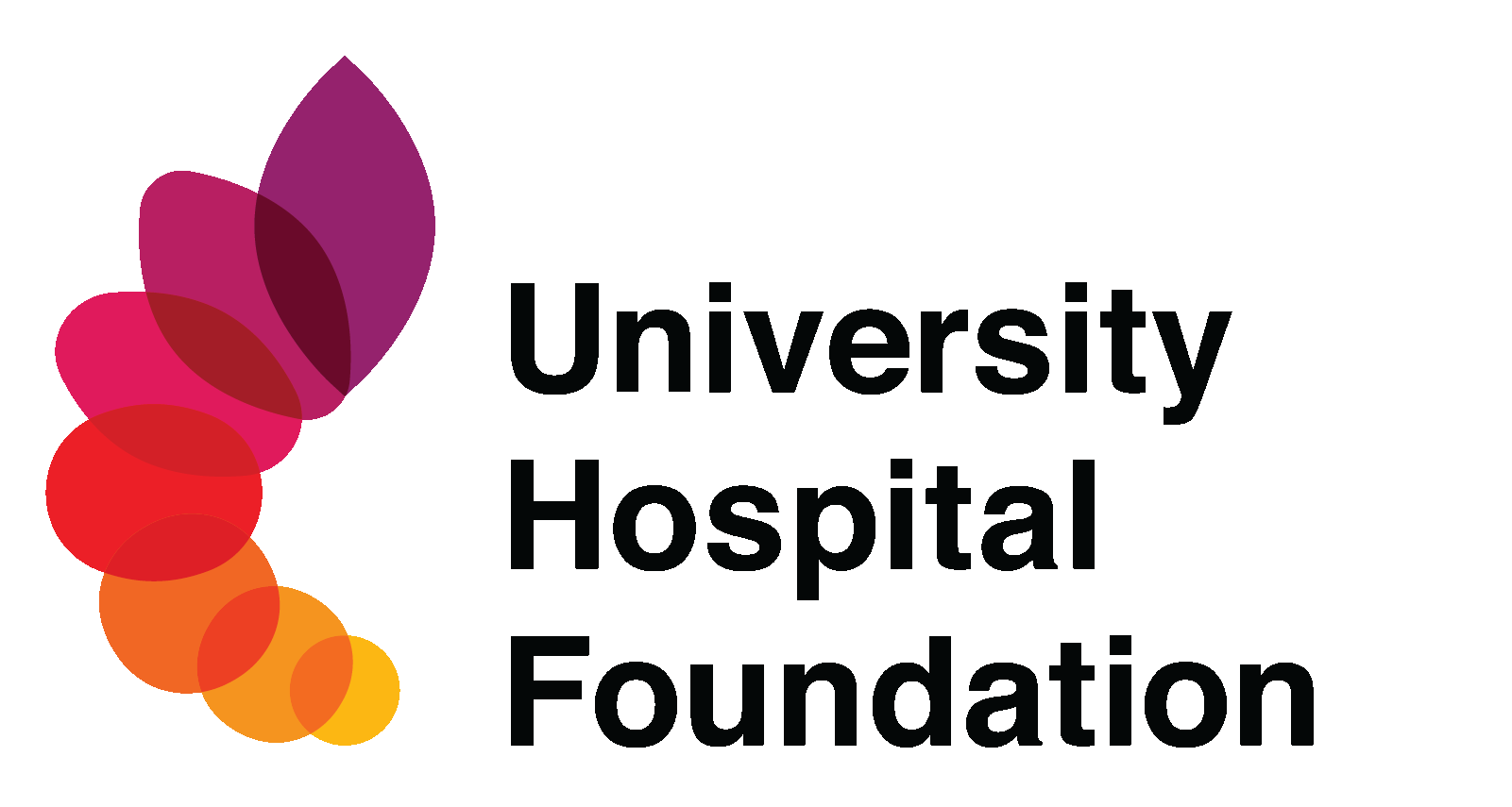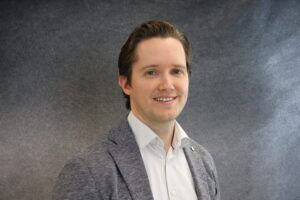Kaye Competition 2023 Winner: Dr. Kieran Halloran
Patients who find themselves on the lung transplant list have severely damaged lungs from diseases. They have low lung function and require oxygen, and if left unchecked, they will die from lung disease.
A lung transplant is intended to help these patients breathe easier. The goal is to replace the diseased lungs with a set of normal lungs to lead to normal lung function, life expectancy, and quality of life. While most patients live longer and better than they would have without a transplant, some don’t. Some patients even experience abnormally low lung function after their transplant.
“While there was an awareness this could happen, before 2018 there was no name or framework for this condition. So, we here in Edmonton published an analysis and called it baseline lung allograft dysfunction (BLAD). This started a discussion about this dysfunction that can happen after transplant,” says lung transplant physician Dr. Kieran Halloran.
However, there are still many unknowns, and Dr. Halloran wants to understand why this dysfunction occurs through a research study funded by the Kaye Competition. Understanding why can help provide answers to patients, as well as potential diagnostic tools to assist in the selection of the right donor lungs for the right patient, and even interventions that could help improve low lung function.
“Trying to figure out what is causing this – why do patients not get the normal lung function they signed up for and what could be contributing to it? In identifying those things, could we intervene and make it better? Can it be prevented in donor selection or the surgery or post-operative care? Or is it something we can treat and intervene on?” wonders Dr. Halloran.
One possible cause that he and his colleagues have hypothesized is that the muscles that pull open and pump our lungs are weak. In this research they will study those muscles to analyze how thick they are, how they move during deep breaths, and how much pressure they can generate.
While the lung transplant program at the University of Alberta Hospital treats patients from Northern B.C., Alberta, Saskatchewan and Manitoba, this study will follow Alberta patients to minimize the travel burden on those from out-of-province. Patients will be studied for one year after their transplant.
“My whole life, both academically and clinically, is calibrated towards looking after patients with lung transplants and hoping to make life better for those people,” says Dr. Halloran. “We have an average life expectancy post-transplant in our program of over 10 years, which is better than most international averages. But it’s not good enough yet and that’s a really important thing. That’s why I’m interested in research – how do we make it better for these patients and their families.”
Share this article
Facebook
Twitter
LinkedIn

